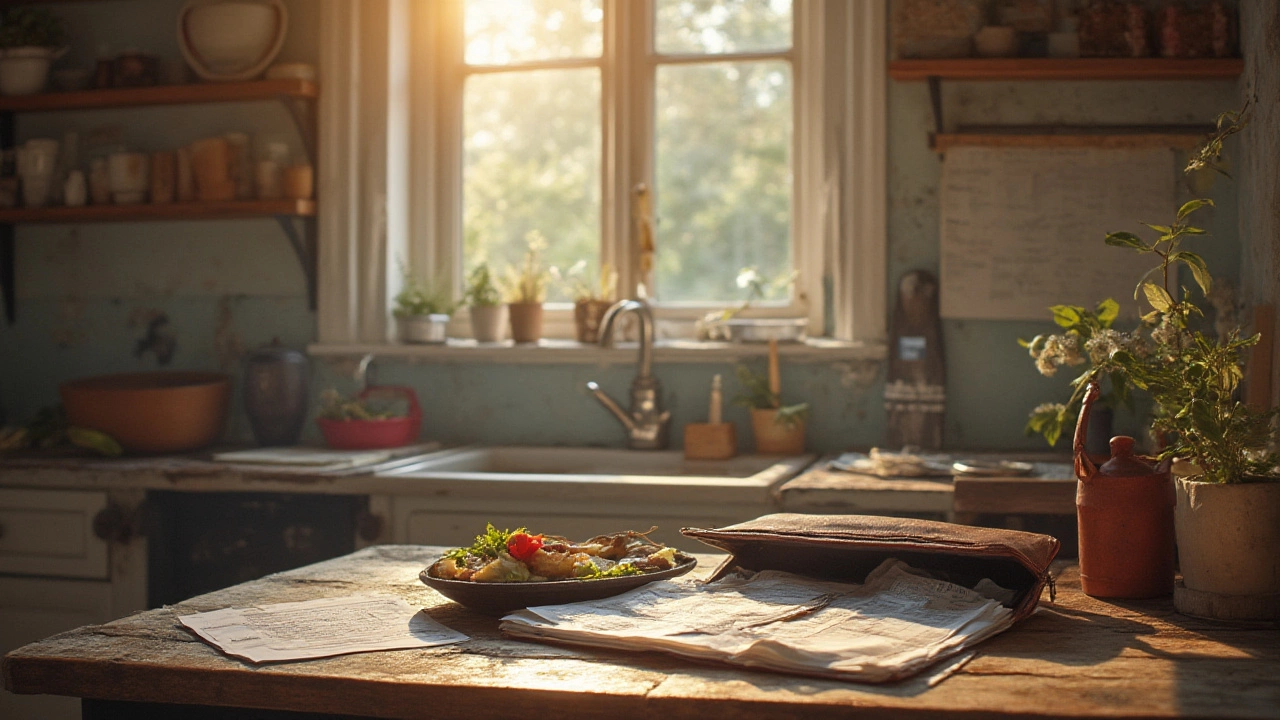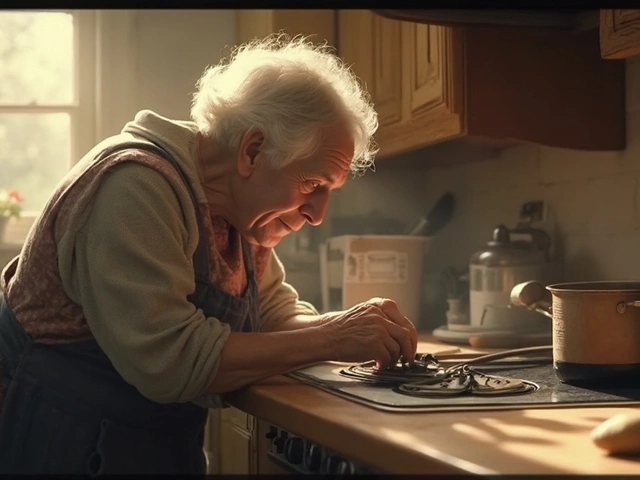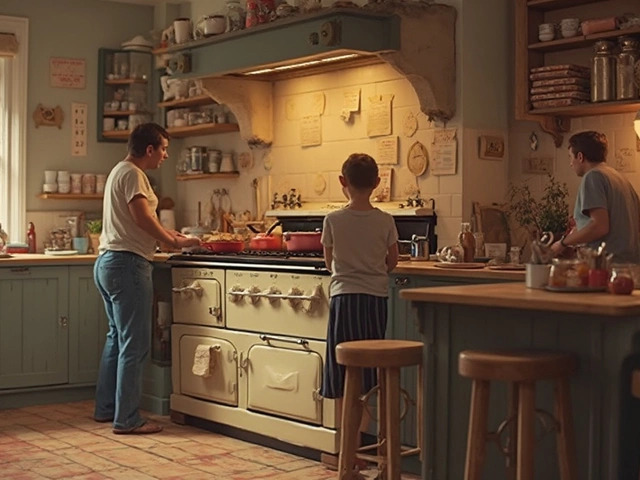Fifteen years is a long time for any appliance. Think about it: 2010 feels like a different universe. Back then, stoves weren’t loaded with smart tech, and "energy efficiency" was more buzzword than standard. So when the old stove starts making weird noises or dances between too hot and not hot enough, what do you do? Spend on repairs or go shopping for a shiny new upgrade?
What Happens to Stoves After 15 Years?
Stoves are workhorses. Most Aussies cook dinner almost every night, not to mention the biscuits over holidays and late-night pizzas. Over time, even the toughest oven or stovetop starts to slow down. A well-maintained electric stove usually lasts somewhere between 13 and 18 years. Gas models stick around a bit longer—sometimes up to 20 years if you’re lucky and diligent with cleaning. But as they clock in that decade-plus of service, major parts become more prone to breaking down.
At 15 years old, you’re at the point where you might notice the burners don’t heat up like they should, knobs get loose, or the oven temperature turns unreliable. Common breakdowns include faulty igniters (for gas), tired heating elements, dodgy thermostat, and worn-out oven seals. Even the electronic controls or digital displays—if your stove is fancy—often start glitching after a decade. You might spot inefficiency: taking forever to boil water, or uneven baking that burns muffins on the edges but leaves the middle raw.
What are the odds it keeps going? According to a report from Choice—it’s an Aussie consumer group—even top-line stoves start showing their age visibly around 12-15 years. If you’ve already sunk a couple of hundred bucks in minor repairs, and now another big fix is looming, your wallet might be trying to say something. Here’s a little chart to show common failures and how often they pop up after the 10-year mark:
| Component | Common Failure Age | Estimated Repair Cost (AUD) |
|---|---|---|
| Heating Element (Electric) | 10-15 years | $150 - $300 |
| Igniter (Gas) | 8-14 years | $120 - $250 |
| Thermostat/Temp Sensor | 12-17 years | $180 - $350 |
| Electronic Control Board | 10-16 years | $300 - $600 |
| Oven Door Seal | 8-15 years | $70 - $150 |
Parts availability is another roadblock. If you’re rocking something from a brand that's gone under or stopped making your model, parts can be near impossible to find by year 15. Even if you locate them, manufacturers sometimes jack up the price simply because they know you’re out of options. And don’t forget the cost of labor—technicians don’t work for a smile! In Australia, expect to pay $130 to $200 just for a call-out, even before the proper repair begins.
Another thing: safety can become a concern. Old gas stoves especially are vulnerable to gas leaks with tired seals or malfunctioning valves. Electric stoves with frayed wires or overheating can be a fire risk. If you’re handy and tempted to do the repair yourself, be careful—one slip can lead to shock, fire, or flooding your kitchen with gas. If you’re not 100% confident, better leave it to someone who fixes appliances every day.
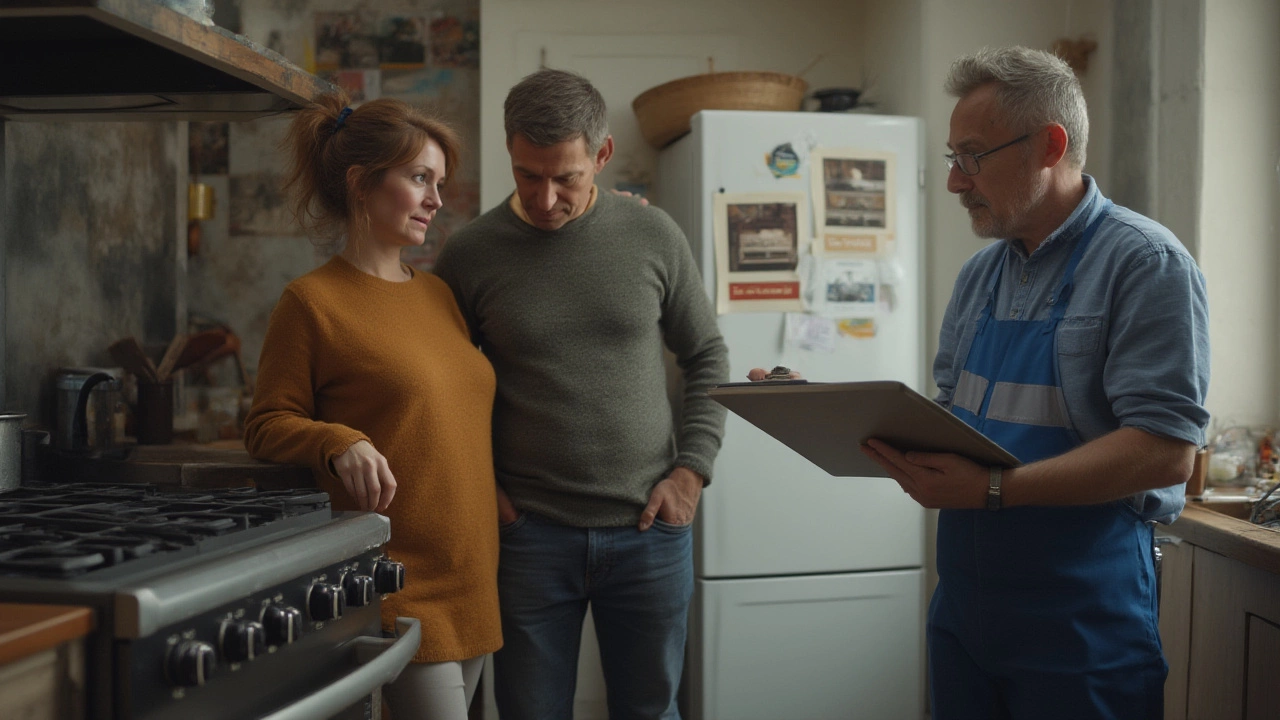
How Repair Costs Stack Up Against Replacement
The million-dollar question: should you invest in another repair or just go shopping for a new stove? Let’s get real about costs first. Most single repairs on a 15 year old stove run between $150 and $500, especially if you’re dealing with critical parts like the oven heating element or an electronic board. Add up two or three repairs across just a couple of years, and you could be staring at a total bill matching the price of a brand new budget stove.
New stoves vary widely in price. In Brisbane, you’ll find entry-level models for around $700-$1000, while more premium ones can push past $2000—especially if it’s a combo oven and cooktop with smart features. Take a moment and check your home insurance policy; some cover kitchen appliances after a certain age if breakdowns aren’t due to neglect. If a repair isn’t covered and you’re paying out of pocket, use the "50% Rule": if repair costs are more than half what a new stove would set you back, it usually makes sense to replace.
Here’s a quick breakdown to help make this feel less abstract:
- If the repair bill is under $200 and it’s the first major issue—fix it. There’s a solid chance you’ll squeeze two or three more years out of the appliance.
- If you’re facing a $400+ repair, calculate the stove’s actual current value (hint: it’s probably not much after 15 years) and compare to a new model. Appliances lose about 10% value every year after their warranty runs out.
- When two or more key components start failing close together (like burner plus control board), the stove’s reliability is likely shot. Tossing good money after bad repairs doesn’t pay off.
There’s also the running cost: Old stoves, especially from around 2010, chug power or gas in ways modern models simply don’t. Newer electric stoves can be up to 20% more efficient—meaning less money out of your pocket on the quarterly energy bill. Older stoves might use up to 50% more energy or gas for the same food. That adds up fast, especially after another Brisbane heatwave has you running fans and aircon at full tilt.
Don’t forget about safety and convenience. Newer stoves have far better safety settings. Some have auto-shutoff and lock functions to keep wandering kids (or over-curious pets) safe—something you just won’t find in that 2010 classic in your kitchen.
And then there’s the little stuff: autoclean, easy-sync with voice assistants, more accurate temperatures, and a look that says “now” instead of “retro dinner party.” All real perks, not just sales talk.
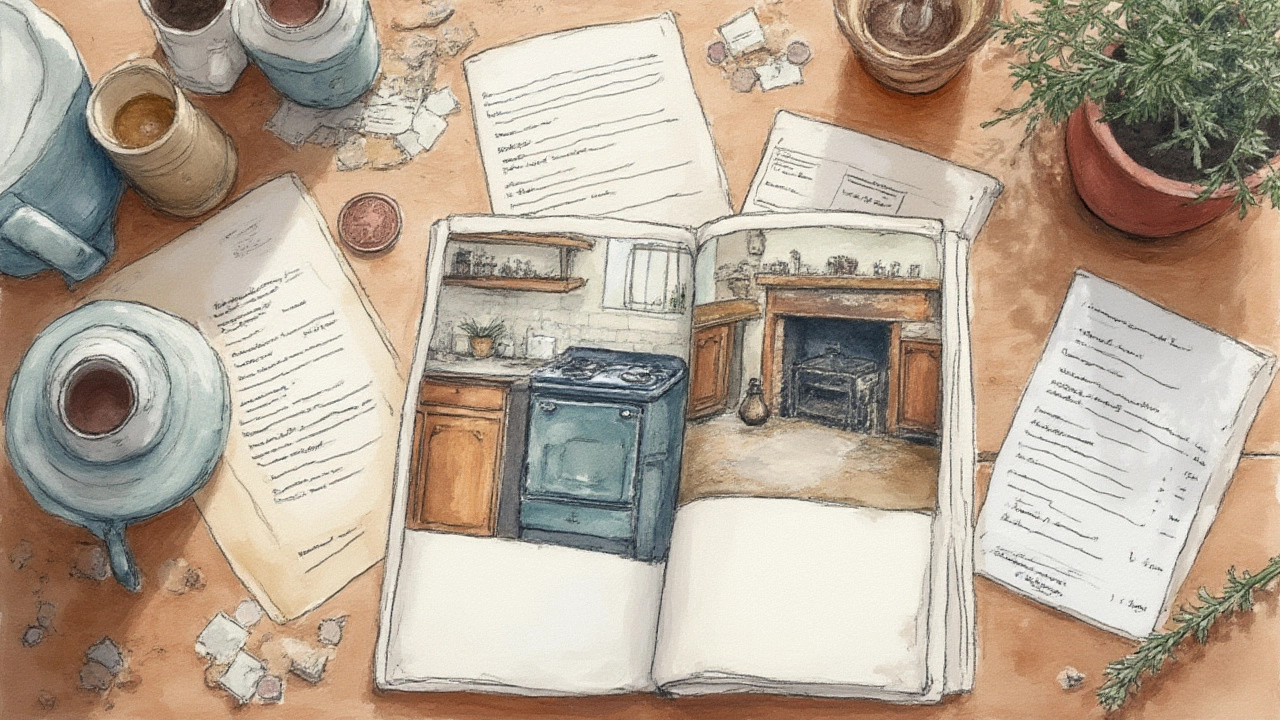
Tips for Making the Smartest Decision
Here’s where things get personal. Your decision will hinge on more than spreadsheets or logic trees. Start by asking yourself a few sharp questions:
- Am I attached to this stove? Maybe it was a wedding gift, or you just love the results it gives. No shame in paying for a repair that feels worth it to you.
- Is my model a money pit? If you’ve fixed it more than once in a year, more repairs probably aren’t worth it.
- Would a new stove actually fit my kitchen, or will I need to re-do cabinets and counters? Sometimes, replacing a built-in stove means a whole renovation, which gets expensive fast.
- Are replacement parts even available? If spare parts aren’t made, even the best repair tech can’t help.
- Do I cook enough to justify the hassle? Foodies and busy families might lean toward a shiny, reliable new model. If you eat out more than you cook, repairs might do the trick for now.
A good trick: Get a detailed quote from a trusted appliance repair tech. Don’t just go for the cheapest; look for someone well-rated locally (word of mouth in your neighbourhood Facebook group can be gold). Ask them straight up to assess whether they’d fix or replace the stove if it were theirs. Most honest repair specialists won’t sugarcoat a lost cause.
Looking for a decent used replacement could also be smart. You can often pick up a three- to five-year-old stove in great shape for half the retail price on Gumtree, Facebook Marketplace, or local appliance dealers. But test everything thoroughly before handing over cash—and make sure it’s compatible with your kitchen's available power and gas connections.
Here’s a checklist for deciding what’s next:
- Find out the exact problem and get a repair quote.
- Check what a comparable new stove costs (and if it would fit).
- Estimate how much longer your stove might last, given past repairs and its current condition.
- Factor in the cost of running the old stove versus a newer, more efficient one.
- Ask about safety risks with older models, especially gas leaks or electrical shorts.
If you hate unexpected cold leftovers or burnt roasts, treating yourself to a new stove can absolutely be worth it after 15 years. But if a quick fix brings life back for a year or two, and there’s no risk of safety issues, keep cooking. At the end of the day, it’s your lifestyle and comfort that matter more than following some golden rule.
So, if your stove’s more than 15 years old, think carefully: is it fueling home-cooked happiness, or just burning cash? Weigh up the numbers, check your feelings, talk to a pro—and pick the path that leaves you happy with dinner, and your bank account.
